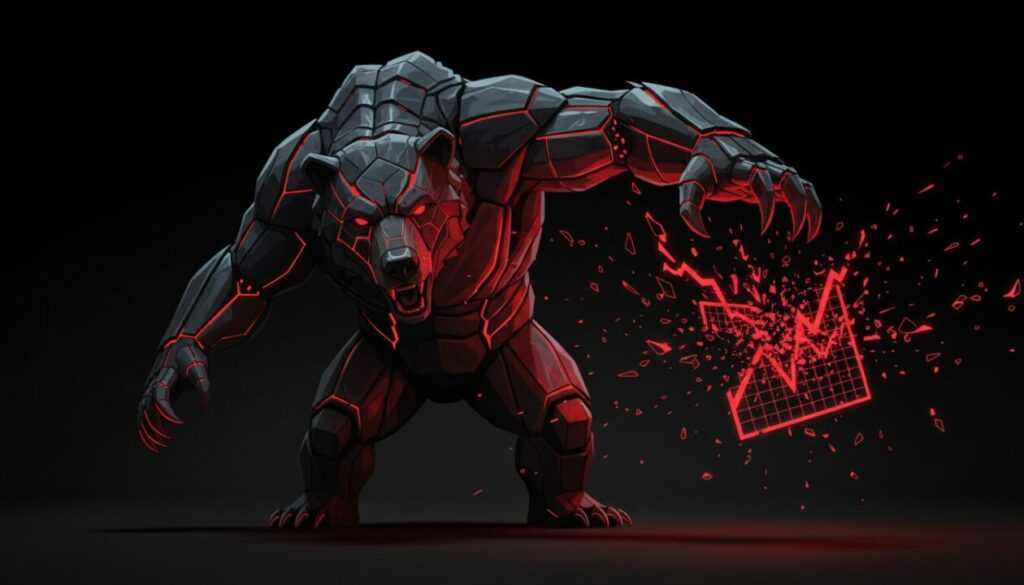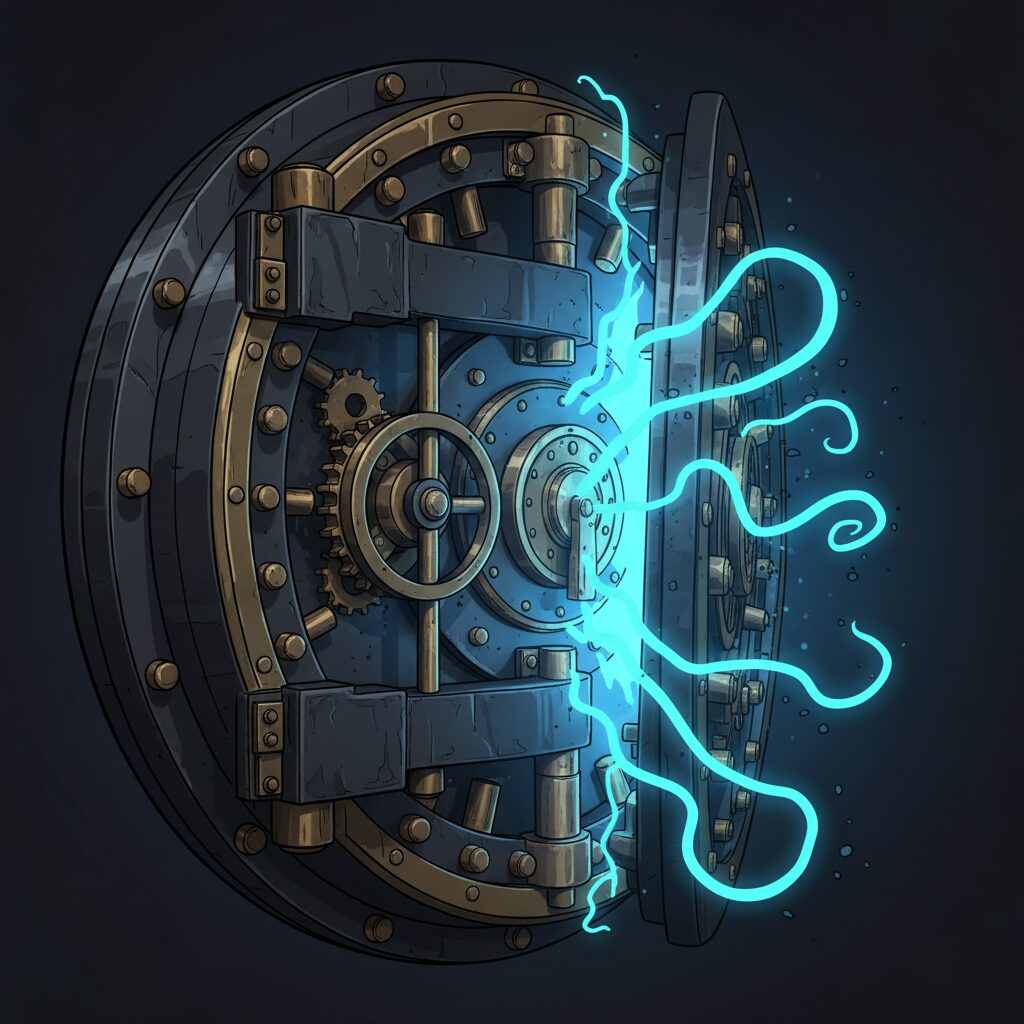Ethereum and Solana Founders Clash Over Layer-2 Security

A public debate between Ethereum co-founder Vitalik Buterin and Solana co-founder Anatoly Yakovenko has ignited discussion across the crypto industry regarding the true security of Ethereum’s layer-2 networks. The core of the disagreement centers on whether these scaling solutions genuinely inherit the robust security of the main Ethereum blockchain.
Buterin Defends the L2 Security Model
Buterin maintains that Ethereum layer-2s are well-protected against 51% attacks because they inherit finality guarantees from the base layer. He argued that a key property of a blockchain is that even a majority of colluding validators cannot force an invalid block to be accepted or steal user assets directly through the chain’s rules. This security framework underpins major L2 networks like Arbitrum, Base, and Optimism, which collectively secure over $35 billion in value.
However, Buterin did acknowledge a critical limitation. “This property does not carry over if you start trusting your validator set to do other things, that the chain does not have control over,” he explained. In such scenarios, a 51% majority could potentially provide a wrong answer without any on-chain recourse. Proponents of Ethereum’s model point to its massive validator set, which now exceeds one million participants, as a significant defense against coordinated attacks—a stark contrast to Solana’s roughly 2,000 validators.
Yakovenko Challenges Security Assumptions
Yakovenko directly challenged these assertions, calling the claim that L2s inherit Ethereum’s security “erroneous.” He questioned why, five years into the L2 roadmap, these networks haven’t fully achieved their desired security properties, suggesting a fundamental difficulty in their design. “Are you suggesting that all the L2 teams are lazy or dumb?” he asked, implying the problem is technical, not a lack of effort.
The Solana co-founder outlined three primary concerns with current L2 implementations. First, their complex code bases create vast attack surfaces that are difficult to audit comprehensively. Second, many rely on multi-signature custody arrangements, which could allow funds to be moved without user consent if a sufficient number of signers are compromised. Third, the use of off-chain processing mechanisms introduces a degree of centralization that runs counter to core blockchain principles. As an alternative, Yakovenko has proposed developing a specialized bridge that would position Ethereum as a layer-2 for Solana.
Proliferation and Broader Market Concerns
The debate comes as the Ethereum layer-2 landscape expands rapidly, with L2Beat tracking 129 verified networks and dozens more in development. This proliferation has raised questions about potential ecosystem fragmentation and inefficiency. The rivalry is also reflected in market sentiment. While both assets faced market pressure in the first half of 2025, CoinGecko data showed Solana had previously outperformed Ethereum early in the year. Ultimately, the discussion between Buterin and Yakovenko highlights the industry’s ongoing challenge to balance scalability, security, and decentralization as blockchain technology evolves.











